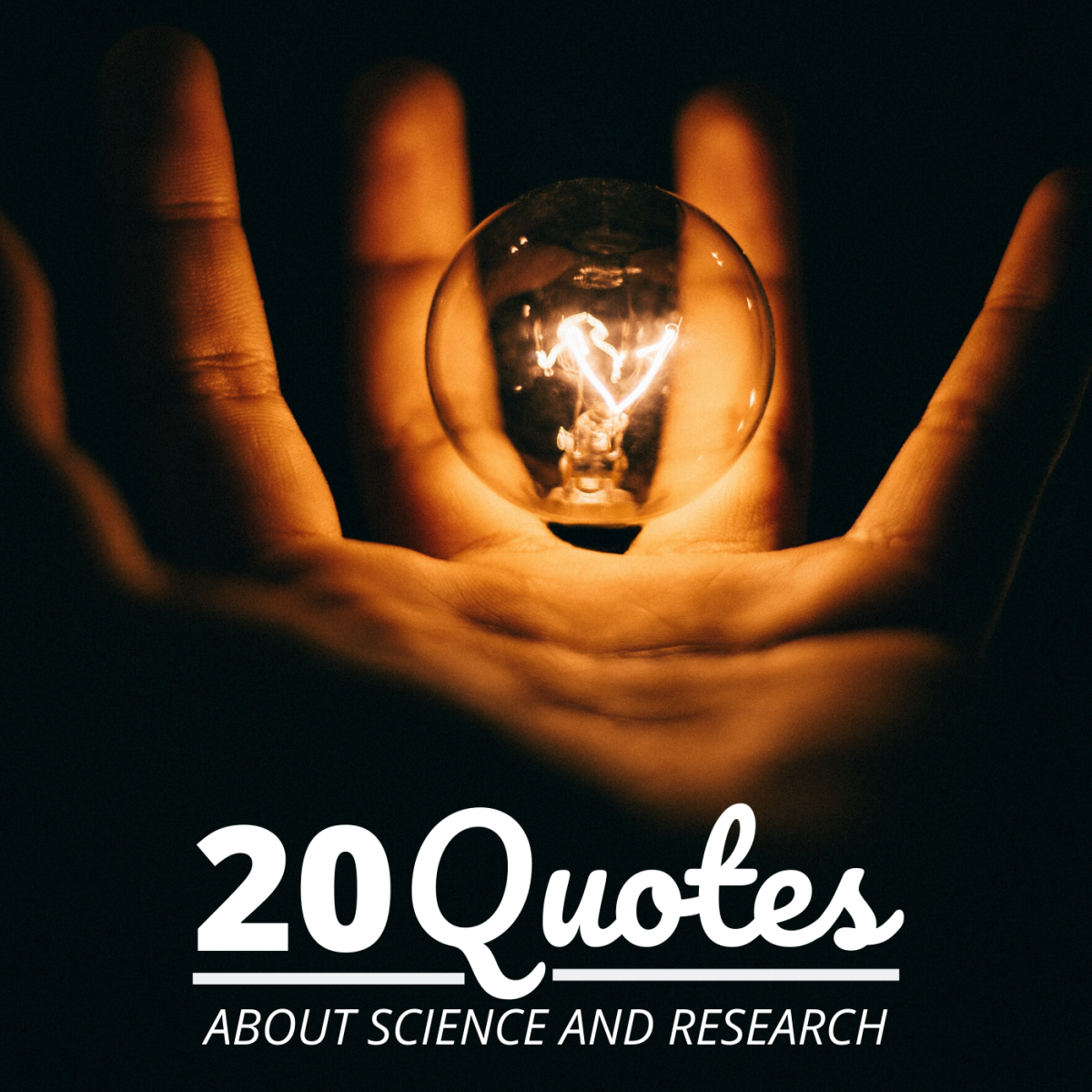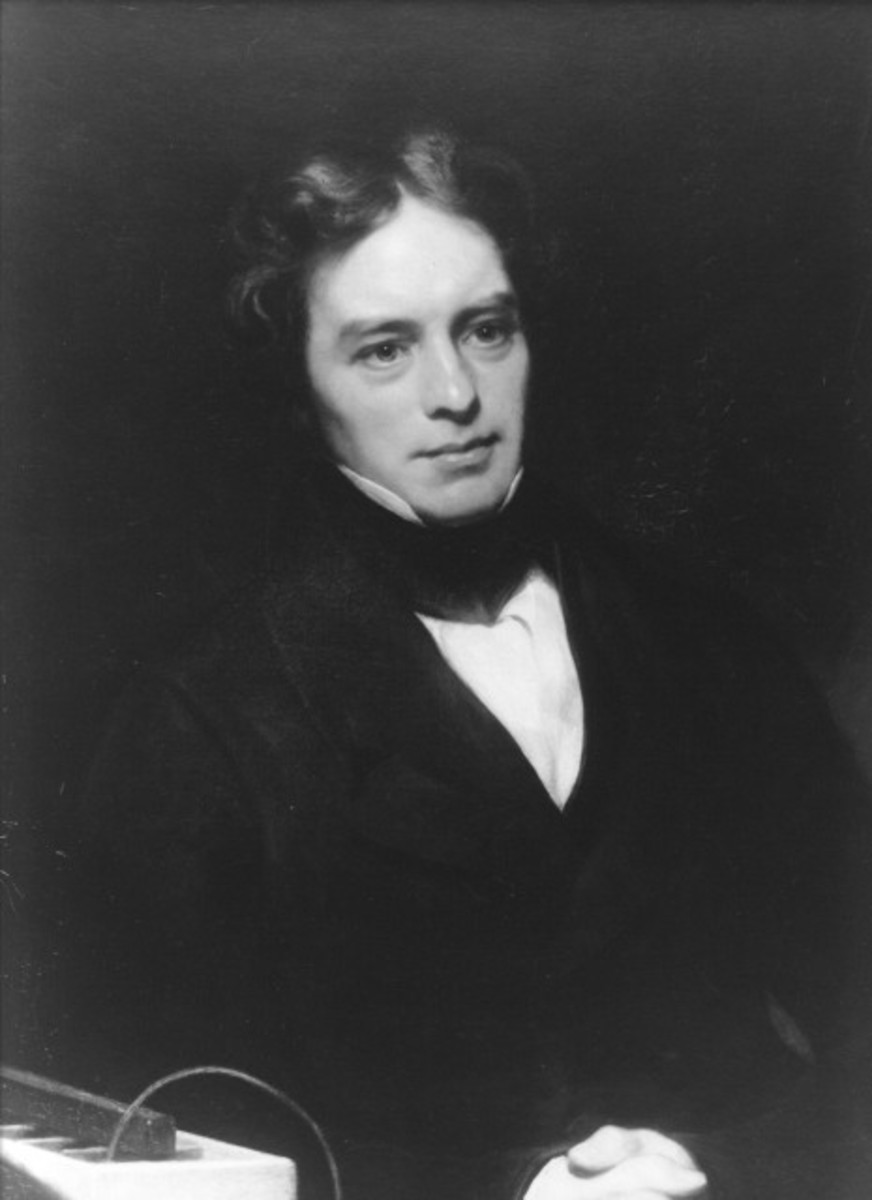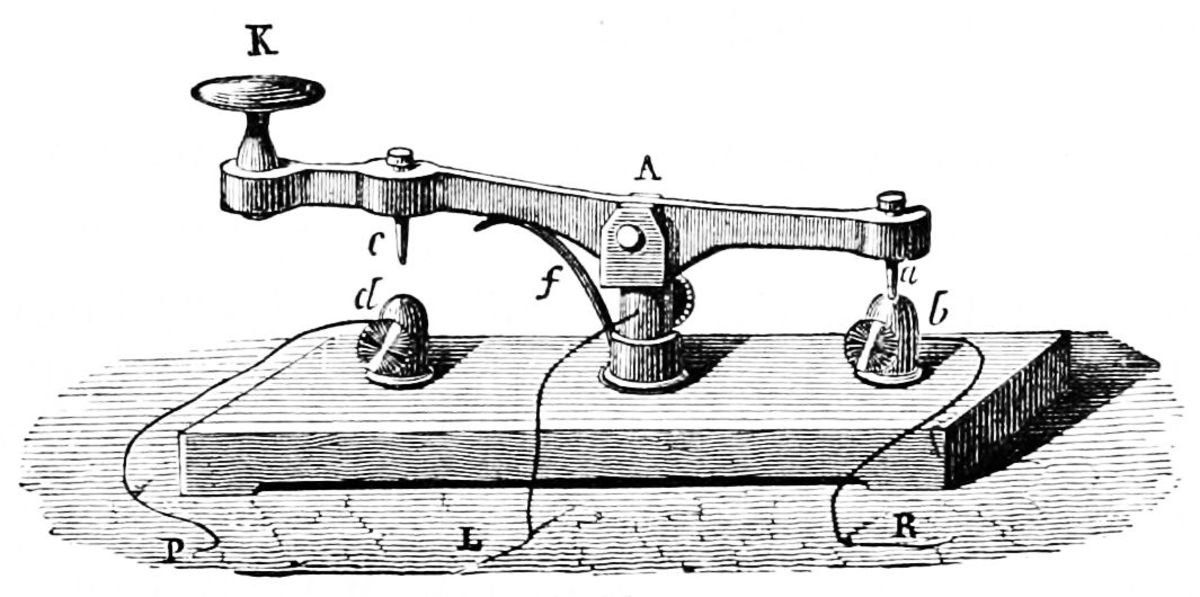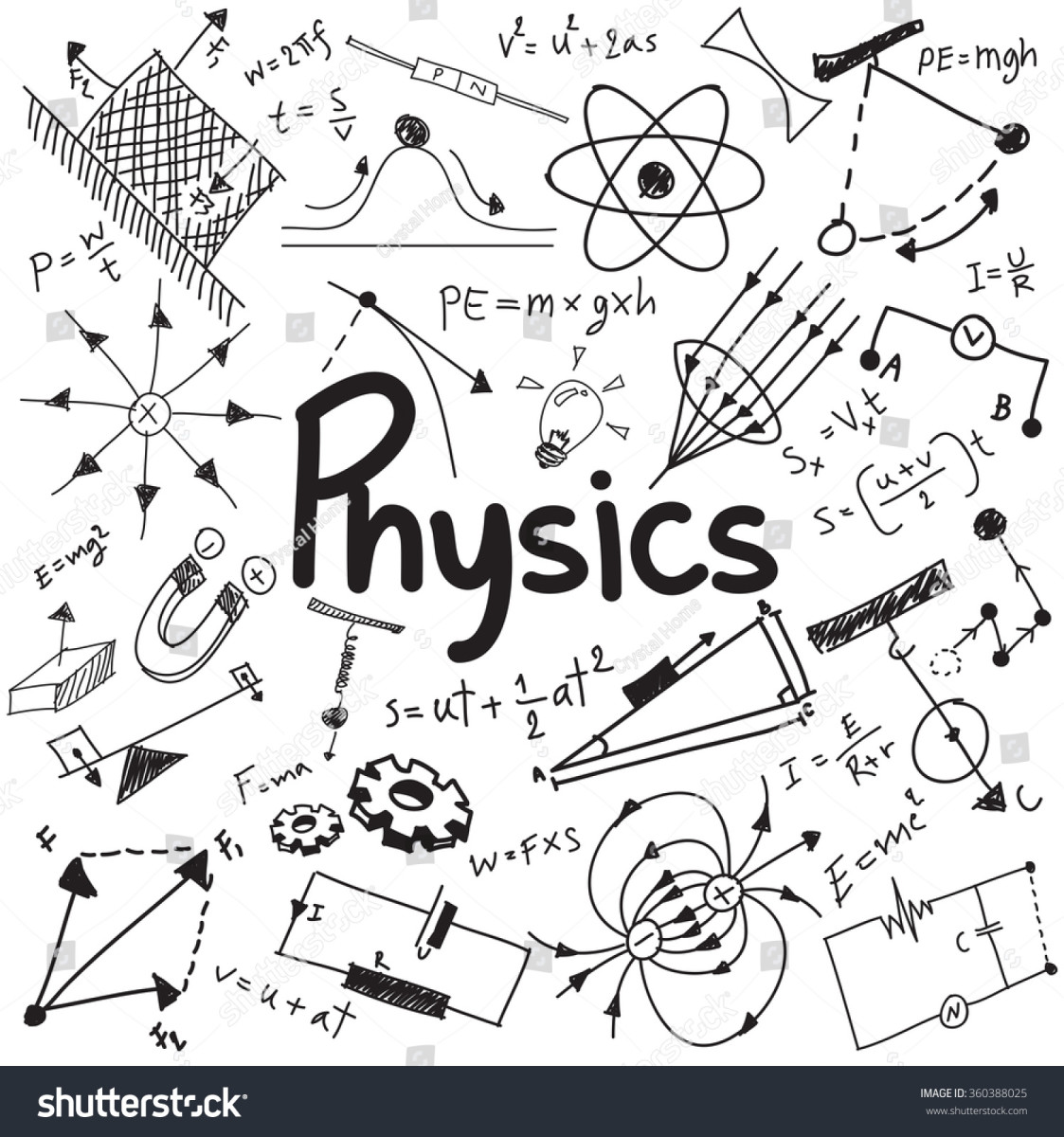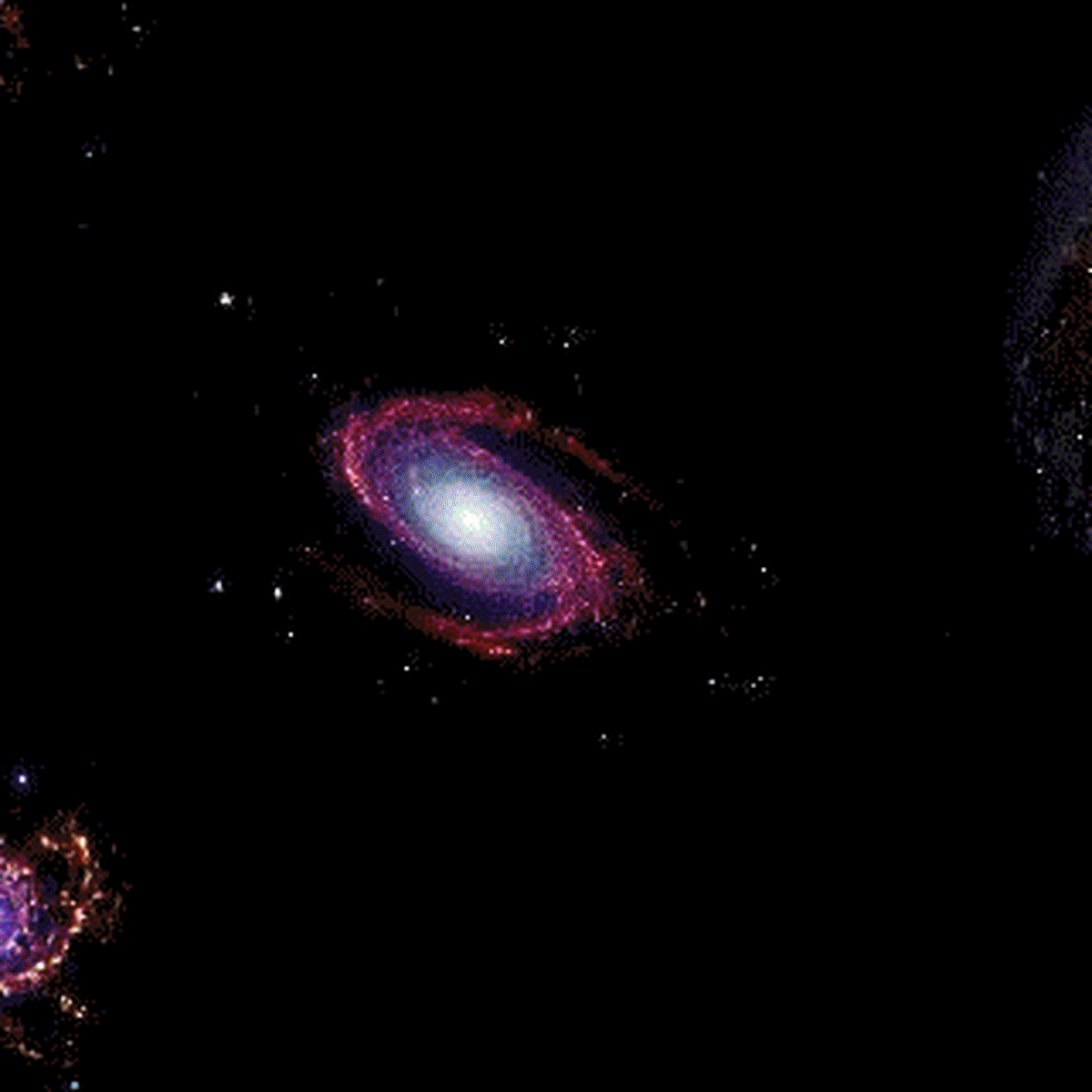What is the "Theory of Everything" in Physics?
Theories of Everything
Okay, so you're having a hard time falling asleep at night. Why not tackle one of the biggest problems of all time in physics: finding a theory of everything, or possibly just a GUT (Grand Unified Theory)? No big deal, right?
All right, maybe that's a tad bit overly ambitious. After all, you've got a big day ahead of you, and working out all that math in your head is going to keep you up with excitement (or not). How about this: let's try to understand the concept of unification in physics, and why it has become such a "holy grail" for theoretical physicists for the last two centuries.
Einstein spent the last three decades of his life searching for a "unified field theory" that would unify the forces of gravity and electromagnetism, the only two forces known at the time. However, even Einstein came up short with 30 years to work on the problem. Since then, however, there have been some interesting developments. Let's take a look at what has happened, why people are so interested (obsessed, even) with this concept, and where we are today with these theories.
Isaac Newton
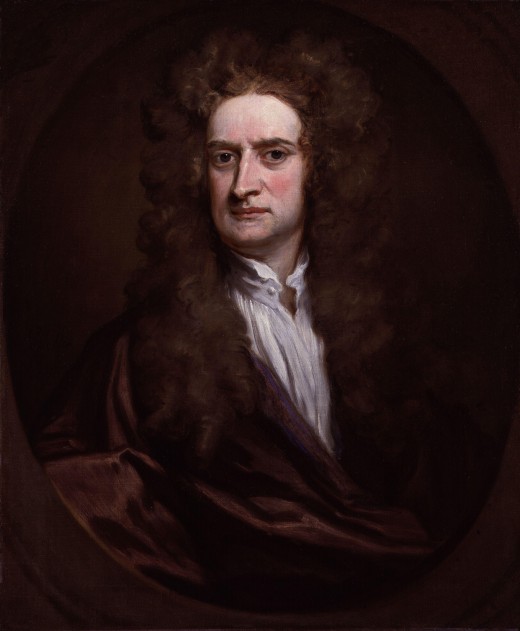
Gravity, the first unification
Let me set the stage for this first major unification in physics. It was the late 1600s, and Galileo had just stunned the scientific community at the time by announcing that Jupiter, our solar system's largest planet, had several moons (he counted four; we know of more than 60 today) orbiting around it. This was a very big deal at the time because it definitively showed that objects did, indeed, revolve around other objects, and the earth wasn't the center of existence.
Just prior to that, Nicholaus Copernicus had championed heliocentricism - the idea that the sun was at the center of our solar system (well, duh- why did everyone think they called it the "solar system" anyway?). Galileo's observations gave tremendous credence to this concept, and then Johannes Kepler worked out laws of planetary motion, which explained the movement of the planets far, far better when assuming the sun was at the center, and the planets orbited around it.
Isaac Newton sat contemplating Kepler's amazing laws of planetary motion, how they described in unbelievable detail how the planets orbited the sun, and drew a startling conclusion: the planets orbited in an ellipse because of the idea that both the planet and the sun pulled on one another. Further, this force - gravity - was the exact same force that brought the apocryphal apple to the ground, and the force that holds us to the earth. This explanation was called Newton's "law of universal gravitation", and this is our first unification. If you want to learn more about how gravity relates to the other fundamental forces of nature, check out this other thought experiment on the strengths of the forces.
Hans Christian Orsted
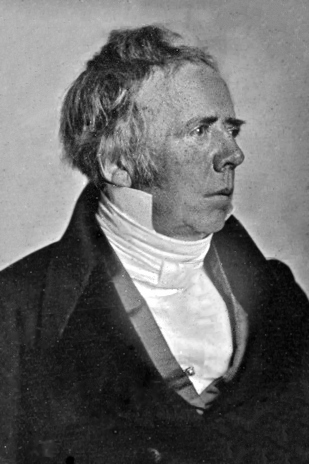
Electromagnetism
Our ancestors looked out at the night sky during a thunderstorm, and immediately understood the power of electricity, although they didn't understand what it was or why it was happening. As early as the first millennium BCE (and possibly a whole lot earlier), human beings were fiddling with amber, rubbing it onto cat's fur, and making the amber attract feathers. And it was well understood by many that certain fish (like electric eels) could deliver a jolt if grabbed from the water. It wasn't until Benjamin Franklin- crazy, or gutsy, or both- stuck a key onto a kite string during a lightning storm, and observed sparks flying down to his hands, that the first unification of electricity was achieved - lightning and electricity were the same thing.
Fast forward another seventy years or so. In 1820, Hans Christian Orsted, a Danish physicist, happened to notice that a compass needle wasn't pointing toward true north when the electric current from a battery he was using was switched on or off. Orsted, who had been looking for some kind of connection between electricity and magnetism before this - realized that electricity - the same force that our ancestors observed striking the ground in a thunderstorm, and the same thing that caused amber to spark out and attract feathers - caused magnetic fields to radiate from the wires carrying the electric current (just like heat and light - the wire would glow, after all).
Orsted's discovery led to Michael Farraday's subsequent invention of the electric motor in 1821. Farraday put a permanent magnet into a pool of mercury, and a current of electricity was moved through a wire suspended from a pivot above the magnet. This wire was then dipped in the mercury. Because the magnet exerted a tangential force on the wire, the wire could circle around the magnet indefinitely (provided electric current was maintained). This invention most certainly facilitated the industrial revolution. Farraday also showed that electric power could be generated from magnetism.
Finally, in 1873, James Clerk Maxwell published his "Treatise on Electricity and Magnetism." This seminal work at long last unified electricity and magnetism into one force, now called electromagnetism. Maxwell pointed out that the same attractiveness that the ancients found by rubbing amber with cat's fur would apply to a magnet, and a repulsive force was also equally viable with both electricity and magnetism.
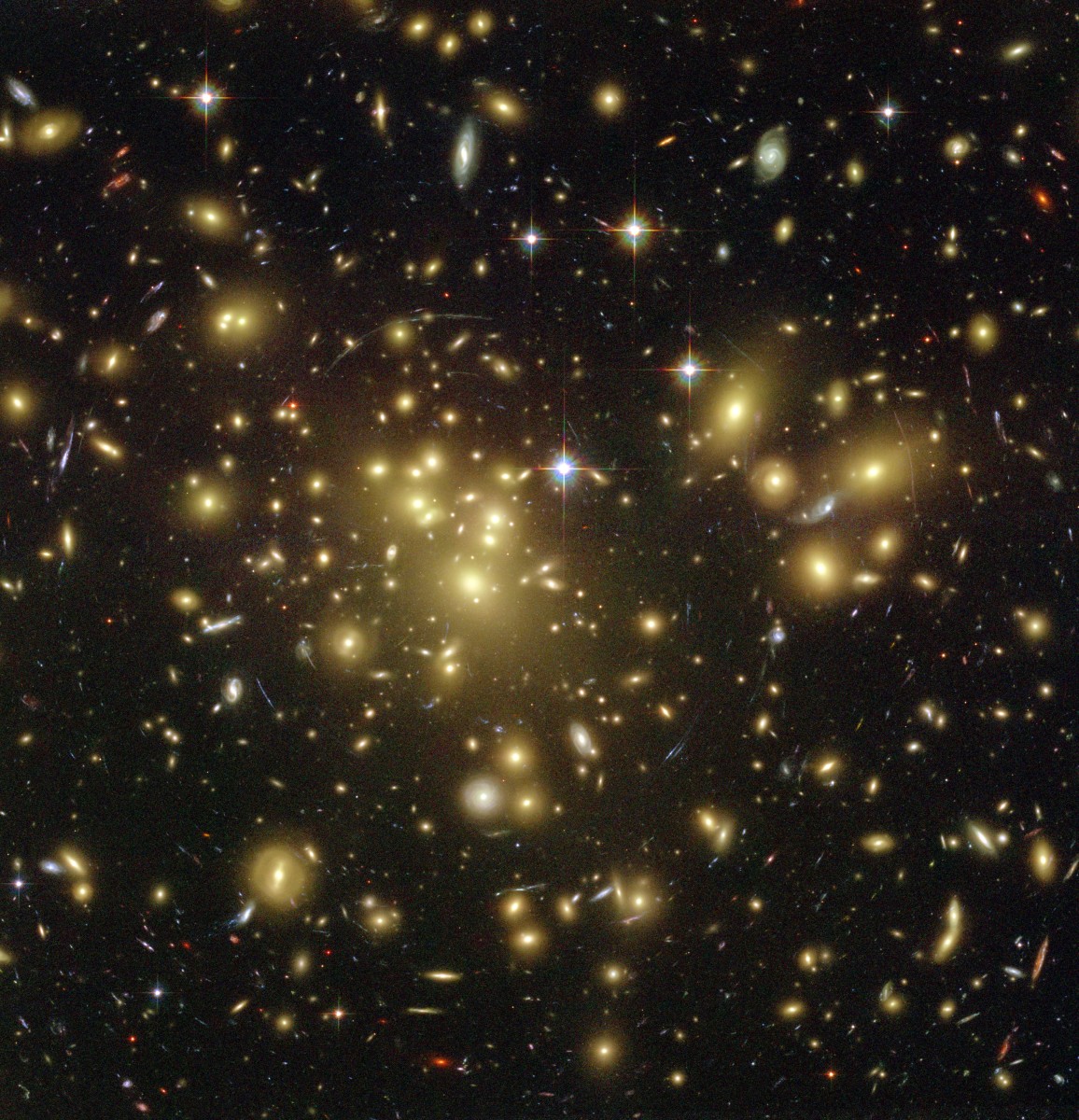
Light and electromagnetism
One of James Clerk Maxwell's really important contributions, though, is yet another unification, and Maxwell made this assumption based on a correlation between the known speed of light and the speed at which electricity traveled, according to Maxwell's own equations (which described the electromagnetic phenomenon extremely well). This was a short but extremely important unification, because photons, it turns out, are the quanta of the electromagnetic force- they carry the force from one place to another, and photons are individual particles of light.
The electroweak force - particle physics gets jiggy with unification
After Einstein's death (and preceding 30 year attempt to unify the only two forces he knew of at the time, gravity and electromagnetism), there was a terrific effort in particle physics to continue this unification concept. Success wasn't found in unifying gravity with the electromagnetic force, as Einstein hoped, but there was a somewhat unexpected discovery that the weak force and the electromagnetic force could be described in the same manner, and that they had, in fact, been the same force during the very early universe.
In 1973, inside a bubble chamber named Gargamelle in Switzerland, "neutral currents" were observed. Essentially, neutrinos and electrons were flying around inside the bubble chamber, and because the neutrinos were electrically neutral, conventional particle physics would suggest that there would be no interaction whatsoever between the particles. However, three scientists suggested that there would actually be some interaction based on a Z particle. In fact, this is precisely what was observed at Gargamelle. For suggesting this unification, Abdus Salam, Steven Weinberg, and Sheldon Glashow were awarded the physics Nobel Prize in 1979.
Flashing back in time (a long, long way back, in fact), during the so-called "quark epoch", when the universe was unimaginably hot, the electroweak force began to split into two distinct forces, the more familiar electromagnetic force and the (somewhat less familiar) weak interaction. The weak force acts within the nucleus of the atom, and doesn't interact any further than that. That's really, really small! But the weak force accounts for how the sun is able to burn, processing nuclear fuel and emitting photons and heat. Particles decay because of the weak interaction, pushing outward on the nucleus.
Will a "unified field theory" be discovered by 2050?
The state of unification today
There isn't a single unified field theory out there today, but it is generally believed that, during the first instant of the universe, the strong and the electroweak forces were actually one force. Symmetry broke and the forces split off as the universe cooled (in something like a billionth of a billionth of a billionth of a billionth of a second). Some theorize that gravity was in that boat considerably earlier, but this is most definitely still up for debate.
Richard Feynman has famously said that he'd like to listen to nature and see what she says, rather than trying to impose what we think she should be like. His contention is that there may not, in fact, be any "grand unified theory" or "theory of everything" at all, and that we really don't know if nature is, in fact, simpler the deeper we look. Instead, it might just be like an onion, with layer after layer of complexity, the deeper we look. We just don't know for sure, and I, for one, am perfectly okay with that.

